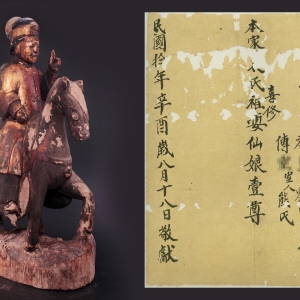Everlasting Prayer:Statues and Beliefs in Meishan Cultural Area

Introduction
Everlasting Prayer:Statues and Beliefs in Meishan Cultural Area
With the collision and fusion with other cultures, Meishan culture has evolved into a cultural form that flows with the genes of the Southern Chu(was a Zhou dynasty vassal state) culture, but also blends elements of Taoism, Buddhism, Confucianism and the influence of other ethnic groups in the south. Meishan culture is not only a cultural phenomenon in the Meishan region of central Hunan in ancient times, but also a living culture that has been inherited to the present day, and is a typical representative of the cultural practices of many ethnic minorities such as Yao and Miao in southwest China.
Ancient pre-Qin Hunan realm, is the location of barbarian tribes such as "Jiu Li" "Three Miao". During the Spring and Autumn and Warring States Periods, the Chu people went to the south of China, and in this fertile land of myths, beliefs and sorcery, the magnificent and brilliant Chu witch culture in the South was nurtured and grown. The Chu culture was gradually assimilated by the dissolution of the Central Plains culture, but the original beliefs of the Chu deities and sacrificial customs were preserved in the ancient Meishan area, which is "not connected with the outside world". The objects of worship may have changed, but the primitive, instinctive and simple desire to seek good fortune and avoid bad luck in real life constitutes the eternal spiritual treasure of the folk beliefs of the Meishan Cultural area.
By selecting more than 100 pieces of wood carvings and archaeological relics from the Hunan Museum and related institutions in the central Hunan province since the Ming and Qing dynasties, this exhibition shows the origin and basic features of folk beliefs in this cultural area, with a view to leading the audience to appreciate the cultural forms with unique local characteristics of Hunan and stimulating the audience to think about historical and cultural inheritance, cultural diversity, and the perception of life.
This exhibition, as part of Hunan Museum's "Hunan Culture" exhibition series, "Treasures Revisited--Hunan Museum's 'Discovery Series' Original Thematic Exhibitions", was awarded the State Administration of Cultural Heritage's "Carrying Forward the Outstanding Traditional Chinese Culture and Cultivating the Socialist Core Values" Thematic Exhibitions Recommendation Project for the year 2023.
Highlights
- 青铜虎卣(仿制品)
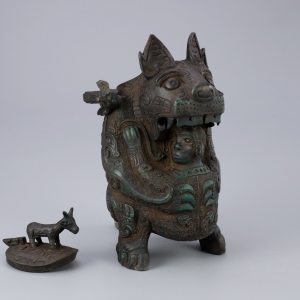
- 登曹祖父段法信像
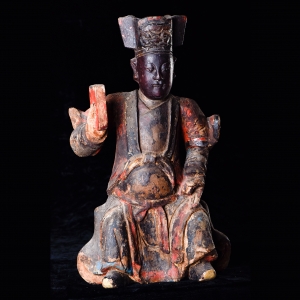
- 诸天佛祖像
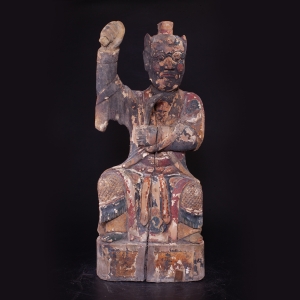
- 帛画《太一将行图》上的雷公形象
![西汉 长45厘米,宽44厘米 1973年长沙马王堆三号汉墓出土 头戴鹿角的“太一”神右边神像标有“雷[公]”字样(左边标“雨[师]”),据《楚辞·远游》“左雨师使径侍兮,右雷公以为卫”,整幅画面表现了太一神在雷公和雨师等诸神护卫下出行的场景。雷公头戴幞头,巨眼圆睁,口似鸟喙,下着短裙,为半人半鸟形象。直至今日,湘中梅山文化圈的雷神依然保存着古老的鸟形雷公形象。 帛画《太一将行图》上的雷公形象](https://web.hnmuseum.com/sites/default/files/styles/zhuanti_squareimg/public/4%E3%80%8A%E5%A4%AA%E4%B8%80%E5%B0%86%E8%A1%8C%E5%9B%BE%E3%80%8B_0.jpg?itok=1HHGWR-s)
- 普化天尊雷神大将像
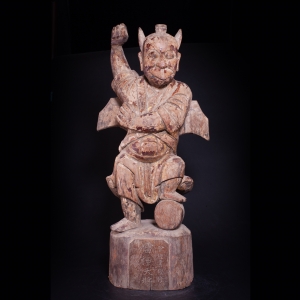
- 九子镜
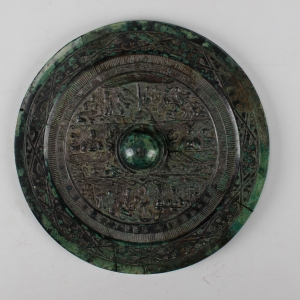
- 九子娘娘像
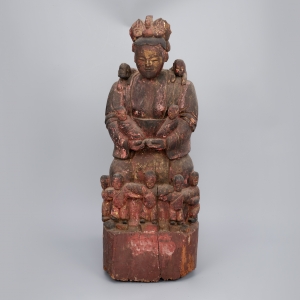
- 老外祖谢法□像和发愿文
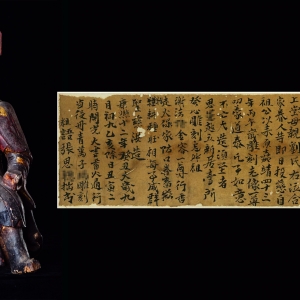
- 度师钊法□像和发愿文
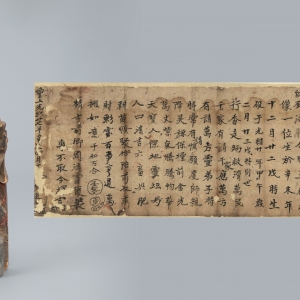
- 尊师生容像和发愿文
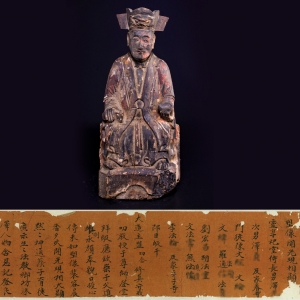
- 何法□神像及发愿文
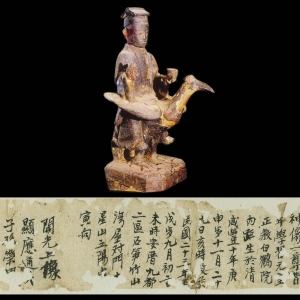
- 湘中 民国十年(1921年) 高43厘米 此类雕像中也有少量的女性神像,多以“某氏仙娘”“某氏夫人”等命名,通常为当地中年或老年妇女形象,坐姿和法器多与男性师公像相仿,也多见持帕或抱子、骑马形象。See More
